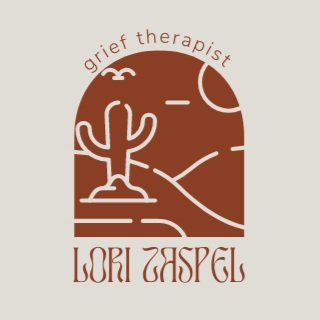Understanding bottom-up therapy
Grief touches us in profound ways, often leaving its imprint not just on our hearts but also on our bodies. Traditional talk therapy focuses primarily on exploring thoughts and emotions through conversation, but for many, grief lives deeper—rooted in the body and nervous system. This is where bottom-up therapy shines. By prioritizing the body’s innate wisdom and addressing the physiological underpinnings of distress, bottom-up approaches create a foundation for healing that is deeply transformative and restorative.
At its core, bottom-up therapy recognizes that trauma and grief affect the nervous system first. Instead of starting with thoughts (the "top"), these methods begin with the body (the "bottom"). Practices like grounding exercises, breathwork, and movement help regulate the nervous system, creating safety and stability. This physical sense of calm then allows the mind to process the emotional weight of grief more effectively. It's not about bypassing the mind but about ensuring the body is supported to hold and release the complexities of loss.
Why does this work so well for grief? Loss often triggers our fight, flight, or freeze responses, leaving us feeling stuck, overwhelmed, or disconnected. Bottom-up therapy helps individuals move through these states by engaging the body in ways that promote resilience and self-regulation. For example, slow, rhythmic movements or deep breathing can signal to the nervous system that it’s safe to relax, opening the door to reflection and emotional processing. These practices honor grief’s physical manifestations—tight chests, knotted stomachs, restless energy—allowing for a holistic healing process.
One simple and well-known somatic practice you can try is the 5-4-3-2-1 Grounding Technique. When grief feels overwhelming, take a few deep breaths and then name:
5 things you can see
4 things you can touch
3 things you can hear
2 things you can smell
1 thing you can taste
This approach is especially effective for those who find it hard to articulate their grief or feel emotionally blocked. Bottom-up methods provide a way to access and release pain without relying solely on words. It acknowledges that healing isn’t linear and that the body holds essential keys to moving through loss. By working with the nervous system and body first, individuals often find themselves better equipped to navigate the emotional and cognitive aspects of grief, building a stronger, more grounded foundation for recovery.
Bottom-up therapy invites us to reimagine what healing can look like—not as something we must think our way through, but as a journey of reconnection with our own bodies and their capacity for resilience. Grief may not disappear, but through these somatic practices, it can transform, becoming something we can carry with greater ease and understanding.
Some further reading about bottom-up approaches:


